Hello! We are Isa and Feli and here comes the first GAME blog in 2017.
The aim of this year’s GAME project is to investigate the impact of global warming on the consumption rates of invertebrate herbivores. After the introductory course in March in Kiel, Germany, we travelled to Menai Bridge, a small and beautiful town in North-Wales that has more restaurants than residential houses. The trip by train from Manchester Airport to the Isle of Anglesey was really nice. We have never seen so many sheep before and when we arrived in Bangor, the city that is next to Menai Bridge, we were impressed by the stunning landscape. It has Snowdonia, the famous mountainous region and national park, on the one side and on the other side there is the blue ocean. Beside this, Bangor is also an interesting place with a university building that looks like Hogwarts, the school of Witchcraft and Wizardry. It is a famous student city where many different nationalities are present and this makes it a very intercultural place.
But not only Bangor is a well-known place that is close to Menai Bridge. Next to it you can find the village with the longest name in the world:
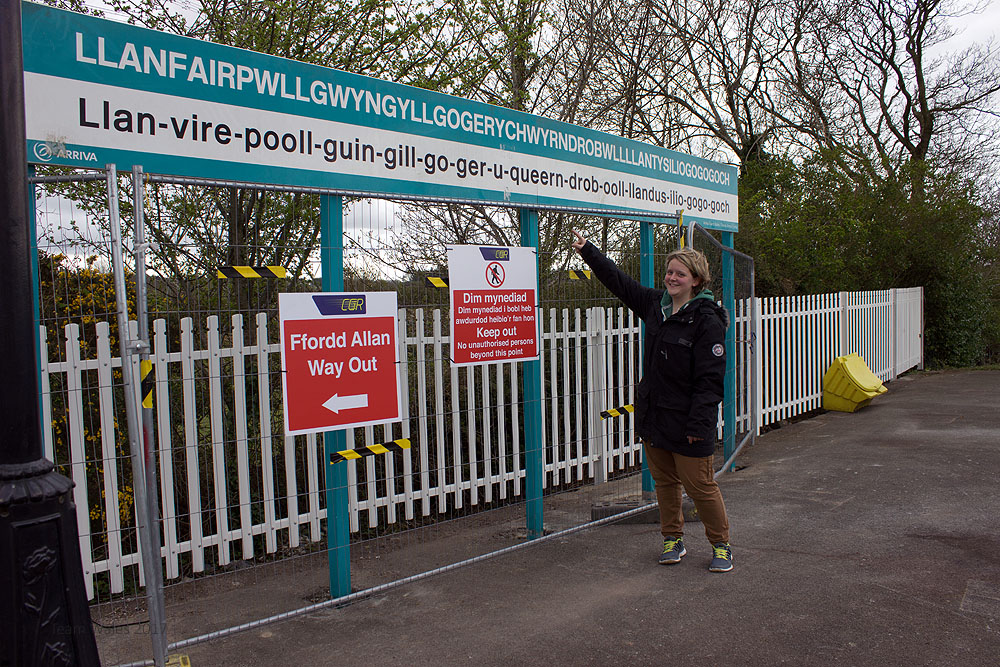
Llanfairpwllgwyngyllgogerychwyrndrobwllllantysiliogogogoch or in English: ‘Mary’s house in the hollow of the white hazel rapid whirlpool at the church of the red cave.’
And aside from sheep, what is the first thing that comes to your mind when you think about Wales? Rain! That was our expectation and the more surprised we were when we arrived at a very sunny and warm day. And since our arrival in the beginning of April we only saw some clouds, but had blue sky and sun nearly every day. We even experienced our first sunburns (twice). We climbed the highest mountain of Wales to look for rain – but we could not find it.
We were not only impressed by the beautiful weather, but also by the friendly and open-minded people we met here – and of course by the language. We expected something like an English dialect but the local people told us otherwise and Welsh turned out to be one of the most difficult languages in the world. So, we do our best to learn the pronunciations and spellings of the words, but luckily there are always English translations beside the Welsh wordsJ. We are sharing our house with 4 other people from all around the world – so it’s a very international and always busy place. Our house – 50 high street – seems to be very popular in Menai Bridge, but we couldn’t find out yet, why this is the case. But we already met many people who lived here before. Our housemates are students from Bangor University and they know a lot of people from the School of Ocean Science.
In the first week, our housemates introduced us to the ‘Menai-Bridge-Community’, which has many researchers from the School of Ocean Sciences that is one of the largest marine science departments in Europe. It is where our GAME project takes place. We were invited to join a dinner, where the host served scallops. They caught them during an excursion with the research vessel `Prince Madog` to investigate a sustainable fishing quota for shellfish. It is very important to get into contact with the other people here, because you do not have many opportunities with regard to spare time activities beside meeting friends and going to pubs. We have joined a ‘just for fun’ football club, which is a very good thing to balance the work. Sports are a very important issue in our house and we have already been introduced to rugby, because two of our housemates are rugby players.
Two days after we had arrived here, we met our supervisors Andy and Coleen. Andy showed us the entire building and introduced us to other scientists. But because we arrived shortly before the Easter holidays, we were not able to prepare many things during the first days. Bank holidays (like Easter holidays in Germany) are defined in the institute as ‘period B’ what means that you should avoid doing dangerous work in the lab like using a drilling machine. So you are only allowed to check your system and organism. Furthermore, we could not get our student ID cards from Bangor University, because they have already been out of office. Due to that we had no access to the School of Ocean Sciences and spent the first week discovering the area and fill in all the risk assessment sheets which was a lot of paper work. (For example: Be careful when you walk on muddy grounds – you could slip or bog down).
After we had discussed our project with Andy and Coleen during the following week, we started to build our first constructions – a kind of flow-through system to provide fresh and nutritious seawater for our animals. The first thing we learned was that we can use every available material and every tool to build our own constructions – a new and very good experience after all the theoretical things you learn at university. Because we will apply different temperatures, we have to work in a temperature-controlled room. The temperature in this room is 10°C – what is quite cold.
Furthermore, we collected the green alga Ulva sp.… a lot of Ulva… to prepare pellets for our herbivores. We collected them at many different spots all around Menai Bridge. The staff members of the School of Ocean Sciences are privileged to have their own private Island, where the old Science Center was located and we went to the Island to collect our organisms and green algae. So during collecting our algae, we discovered very nice locations and enjoyed the beautiful landscape.
After cleaning the algae, we dried and ground them. The fine-ground Ulva powder was then mixed with water and agar and by this it turned into perfect food for our test animals. However, this process includes a lot of work. To get an amount of about 1 kg dried algae powder you have to collect many algae (approximately 15kg wet weight!) and that takes several days. To test the food preferences of the herbivores, we had to prepare pellets of different sizes and shapes. We wanted to find out which pellets are the best for our organisms: flat or thick, with Agar or Algenate, etc…. So we made different types of pellets and did some pilot studies with our grazers and observed their feeding behaviour. In the end, we got the preferred pellet and use it now for our herbivore experiments.
In the third week, we realized that it is not possible to work with the flow-through-system we constructed. Our heating units were not powerful enough to warm up such a huge amount of water, so that we were only able to realize a re-circulating system. The water flows from tank A into the containers and leaves them again through a small hole in the cap. The out-flowing water is then collected in tank B and flows into a filter-unit before it goes back to tank A, which distributes the water again to the containers. But that also means that the replicates we have are not independent, because the replicates will get in contact with water from the other replicates – so we thought about using a static system. After we had discussed this new idea with our supervisors the next day, we started to build a set-up in which we now have to exchange the water manually every day – what means a lot of work.
The construction of the new system was very time-consuming. After we had ordered 260 plastic containers, we had to melt holes in their caps to provide space for the air tubes. By this so we do not need to touch or remove the tubes while lifting 260 caps per day to change the water.
In the fourth week, after several unsuccessful tries to find subtidal species like the marine isopod Idotea sp., we decided to work with two species of snails: Littorina littorea and Gibbula umbilicalis. We collected them near a small island called Church Island.
Risk assessment is a very important matter here in Wales. Our supervisor for example advised us not to touch the water when the heaters are inside to avoid any possibility to get in contact with electricity, I quote: ‘we would probably die or at least loose our arm and because he ‘doesn’t want to do the paper work afterwards’ we should avoid that.
Beside the work, we also visit the daily coffee break, which is very important and a great opportunity because we meet many other scientists and can talk about our project and problems. They give us useful hints and we also learn a lot about other projects at the School of Ocean Sciences – what is very interesting. Furthermore, we participate in regular group meetings where we get to know other Master- and PhD students and speak about important issues. Everybody gives a short update about his/her project and we also discuss problems together. Here, we can also train our presentation skills because we get feedbacks on our talks.
And now, after the main questions are answered and the main problems are solved, we finally can start to run our main experiment.
We are very motivated and looking forward to getting our first results.
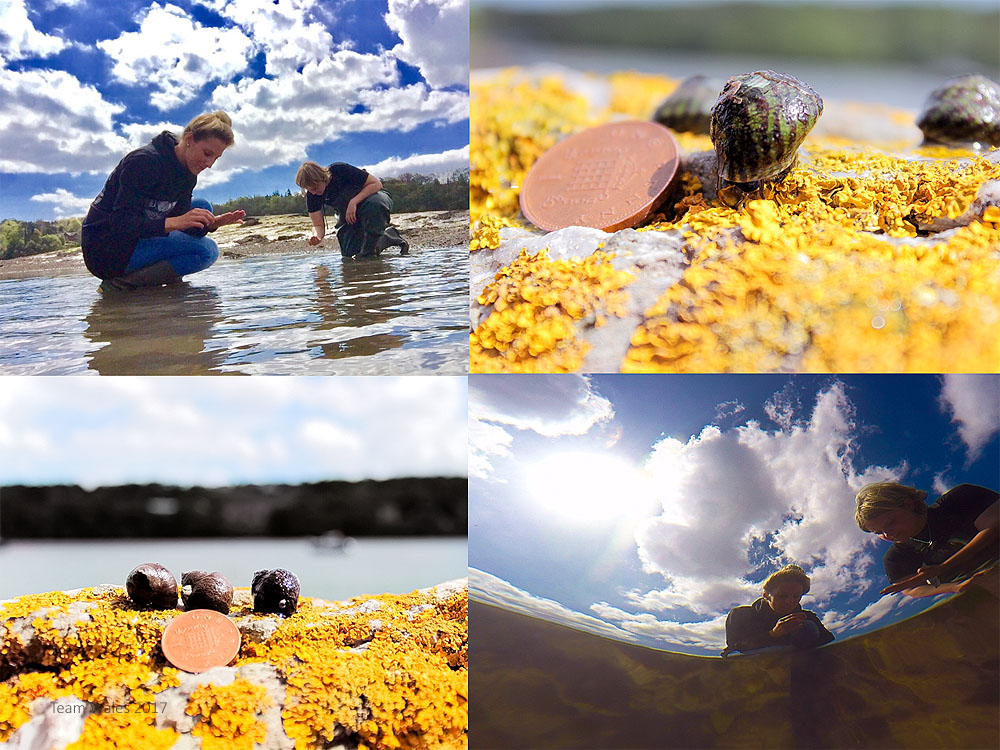
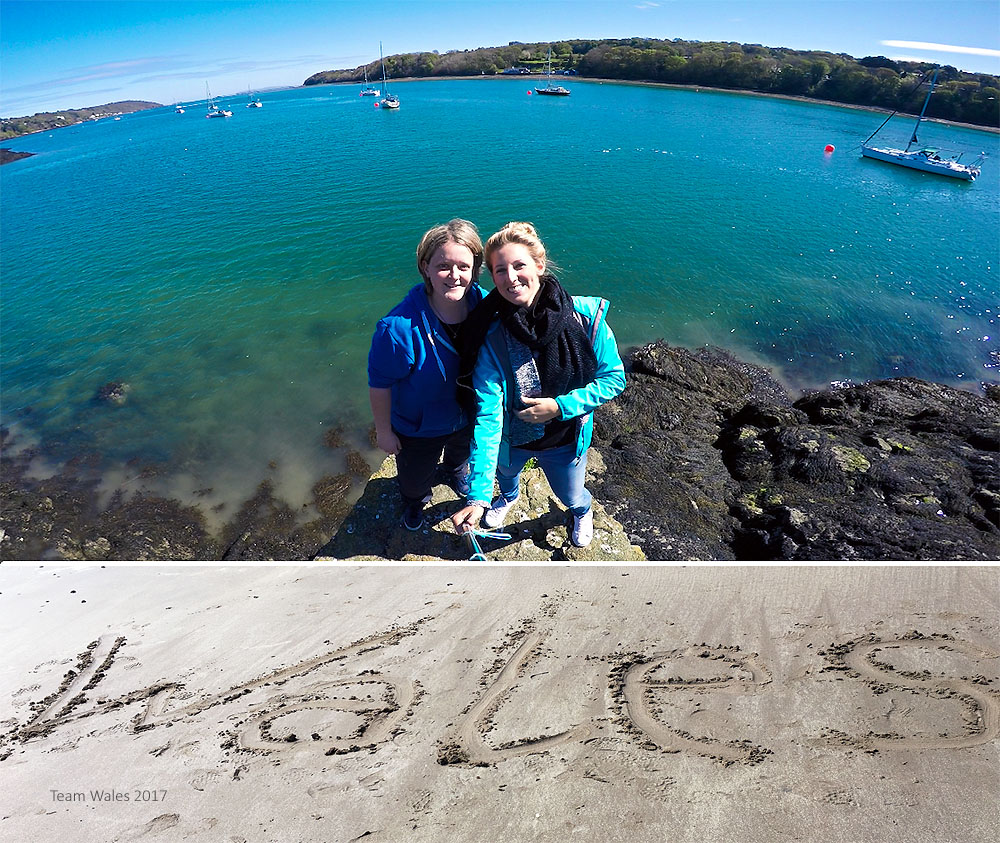
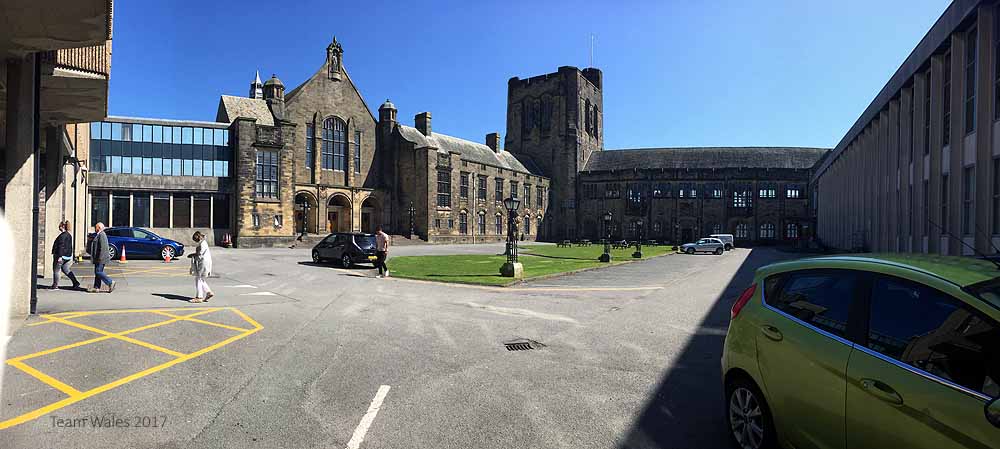
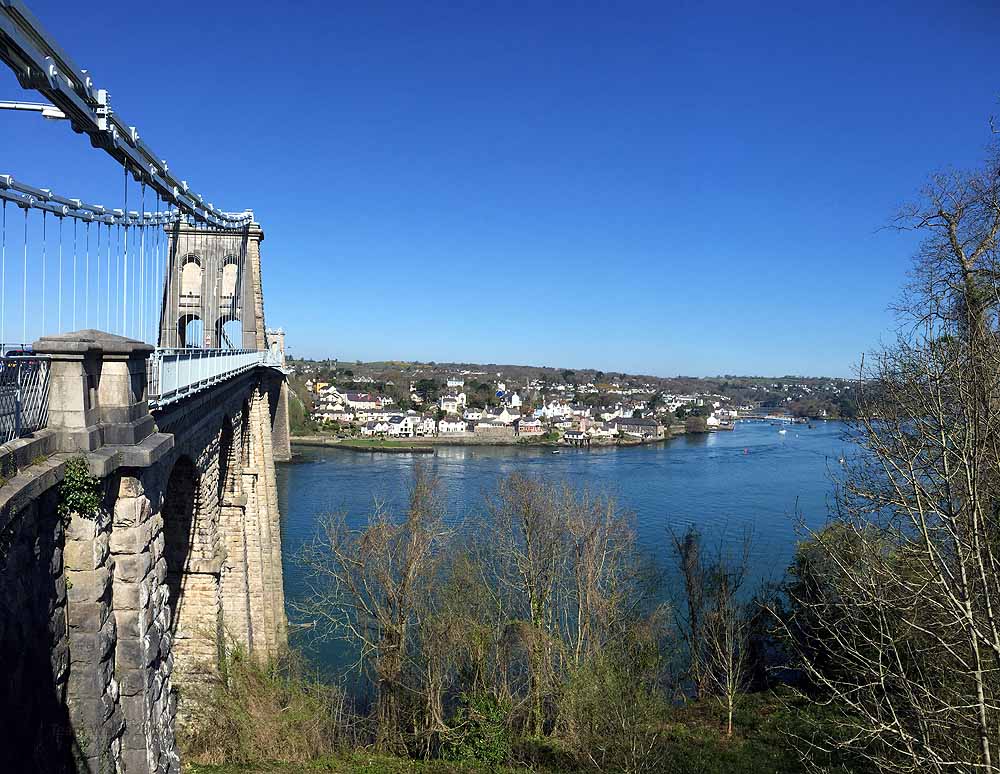
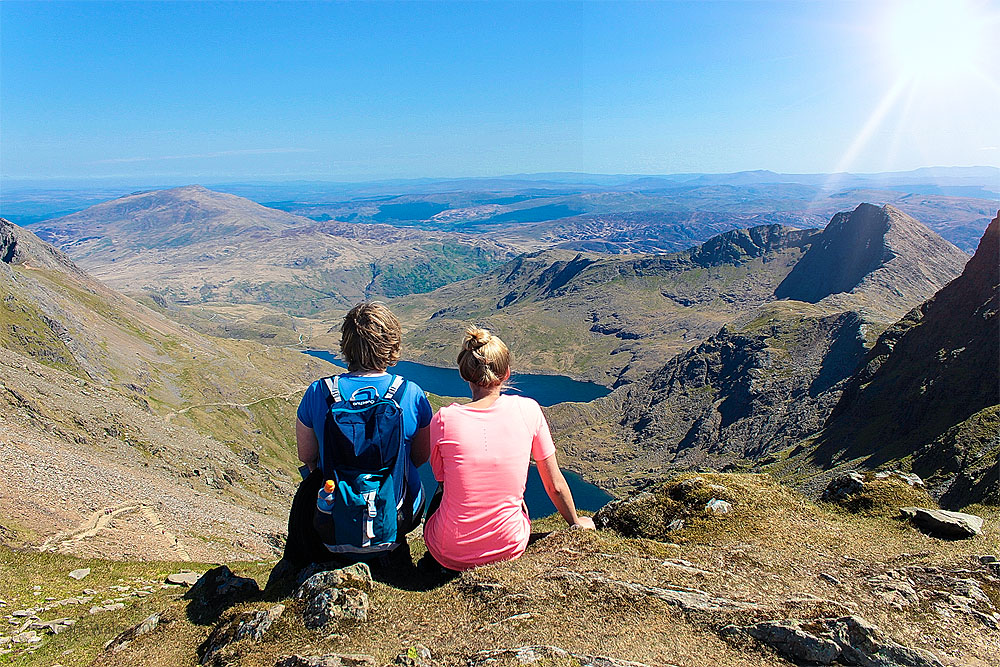
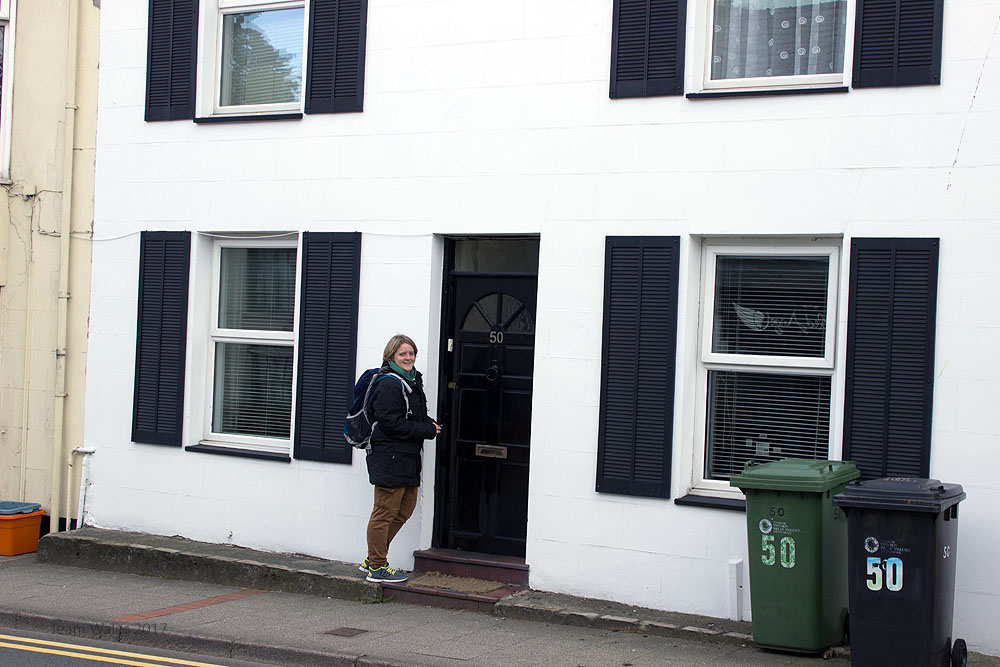
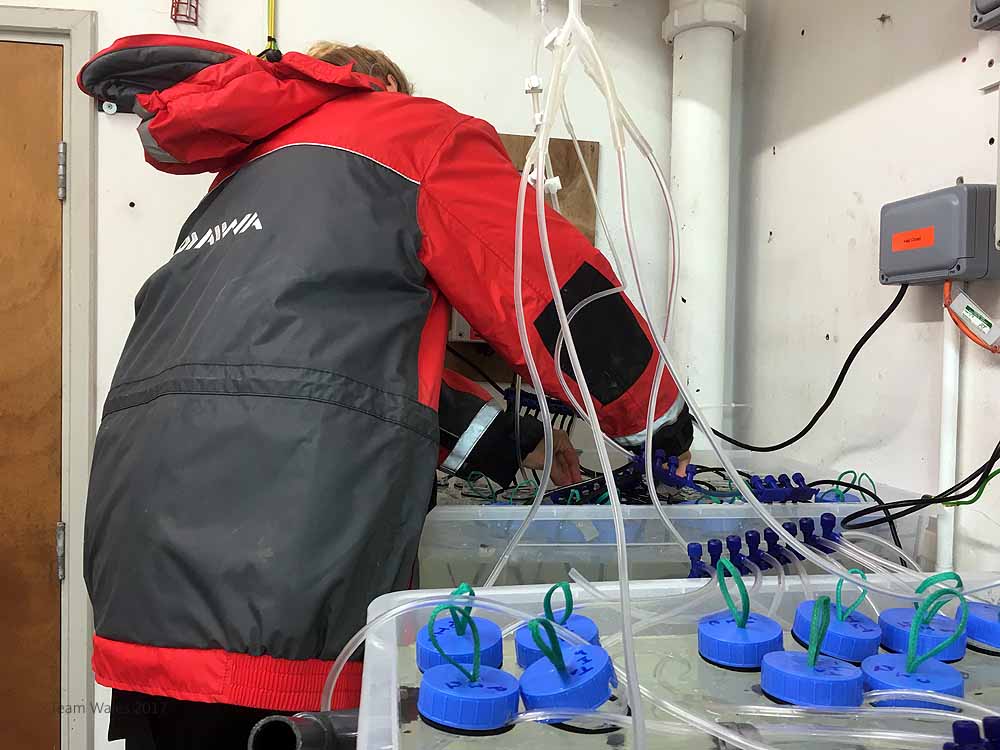
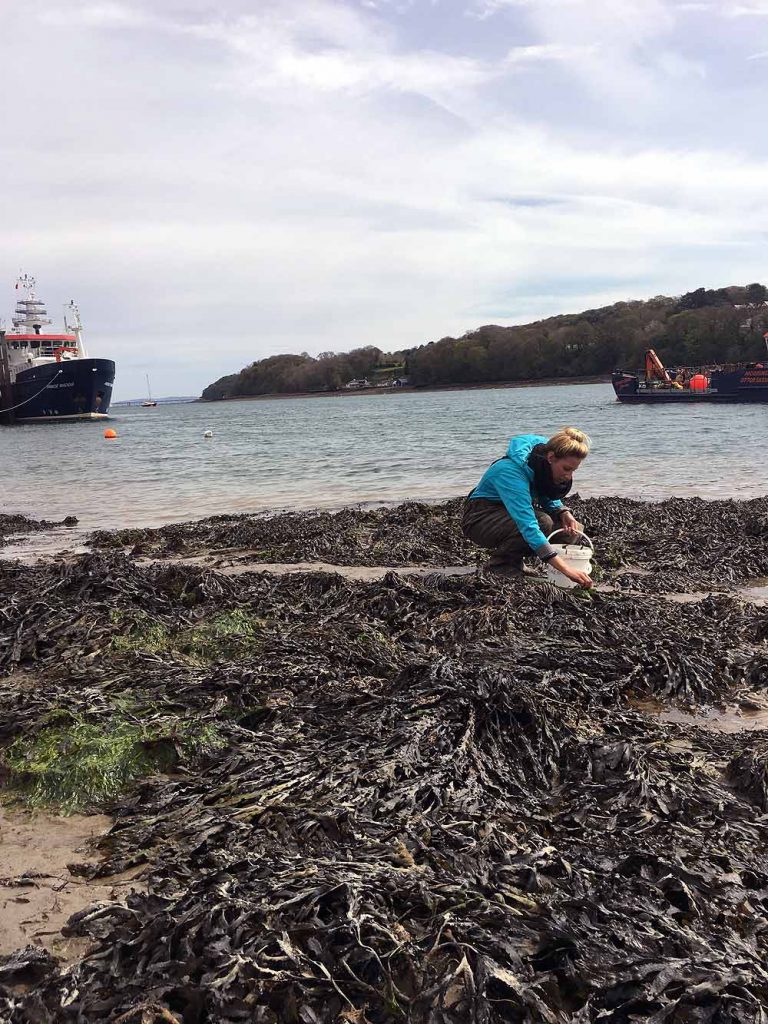

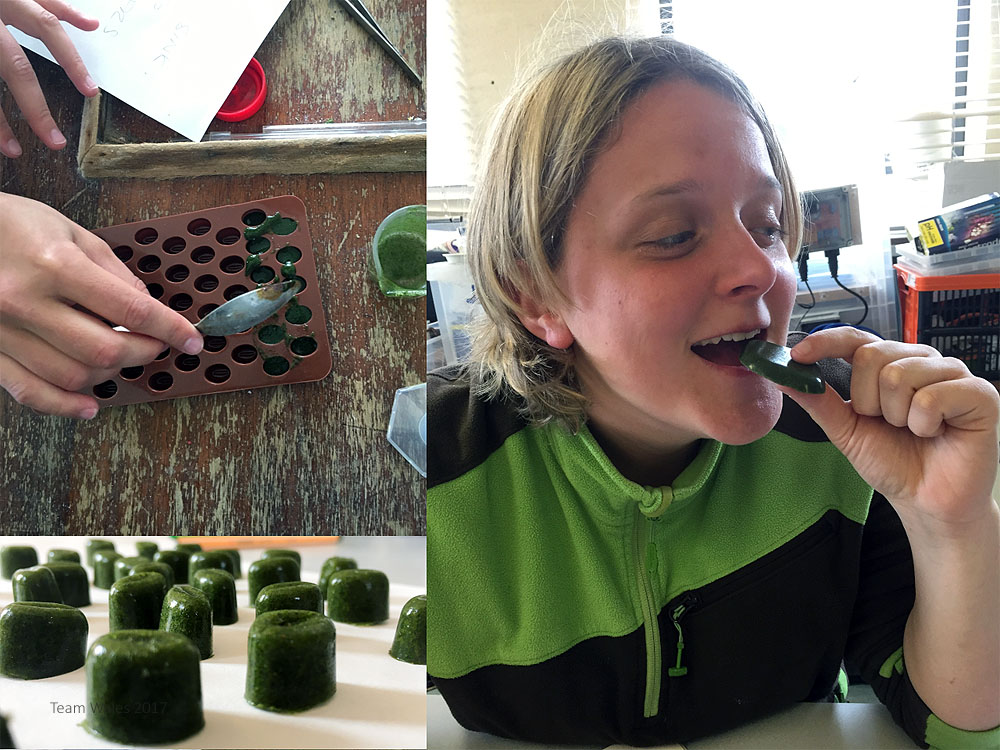
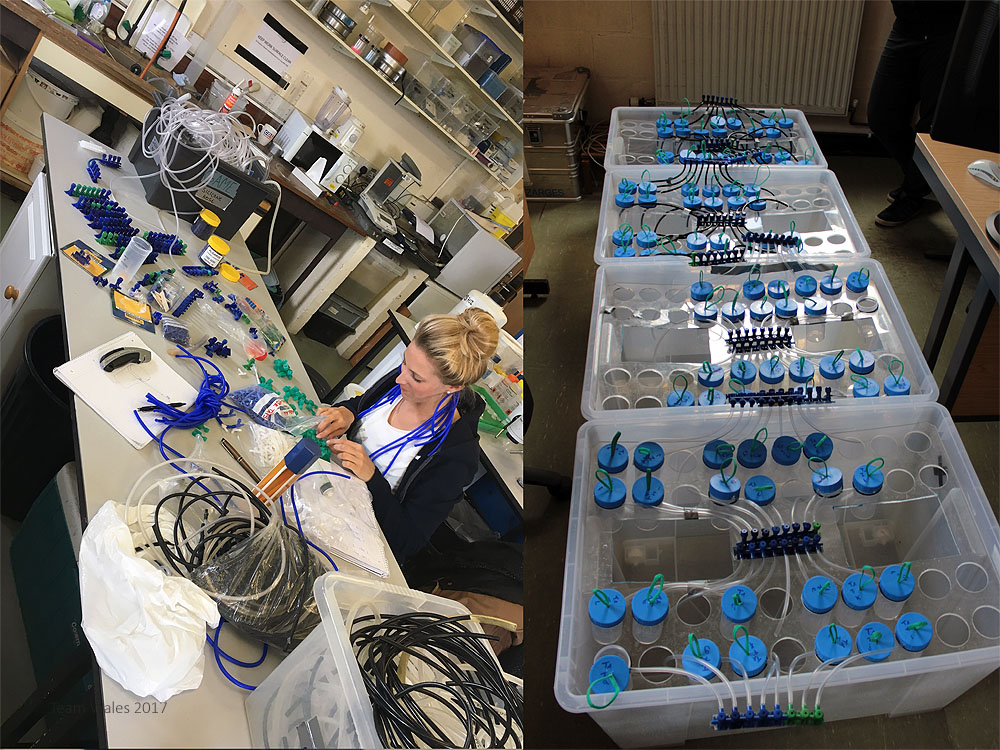
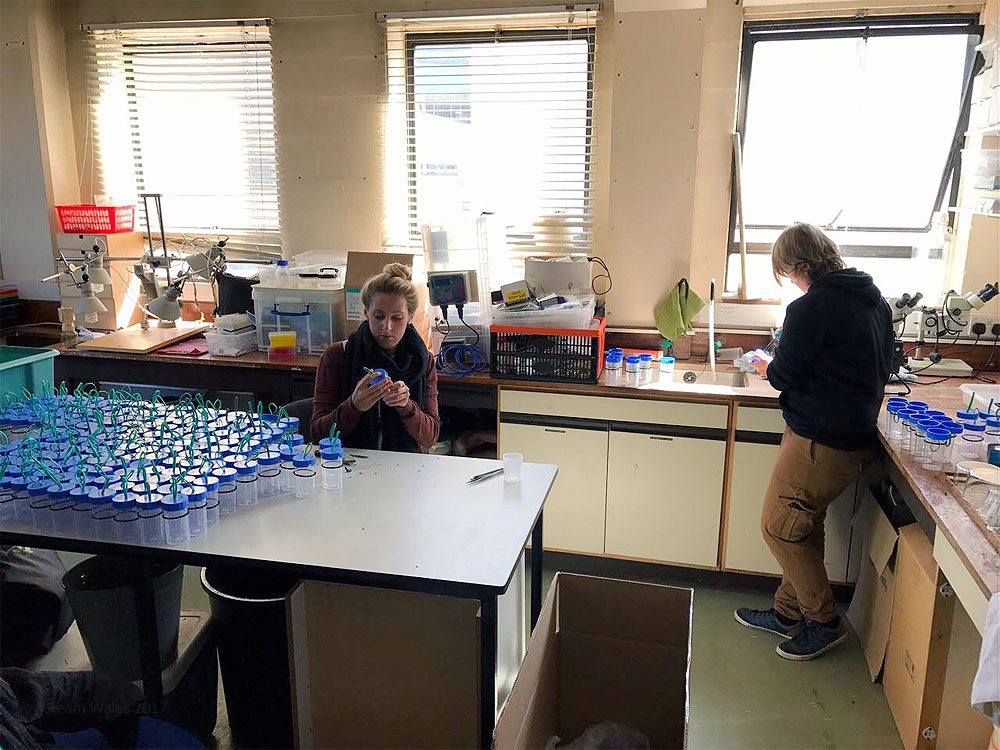

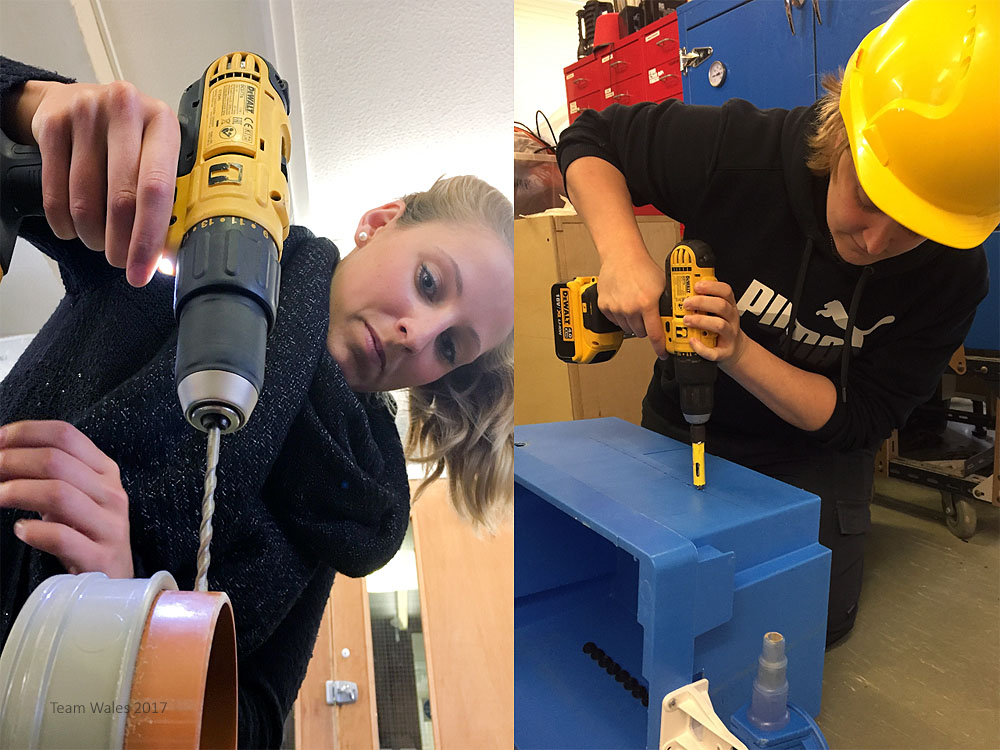
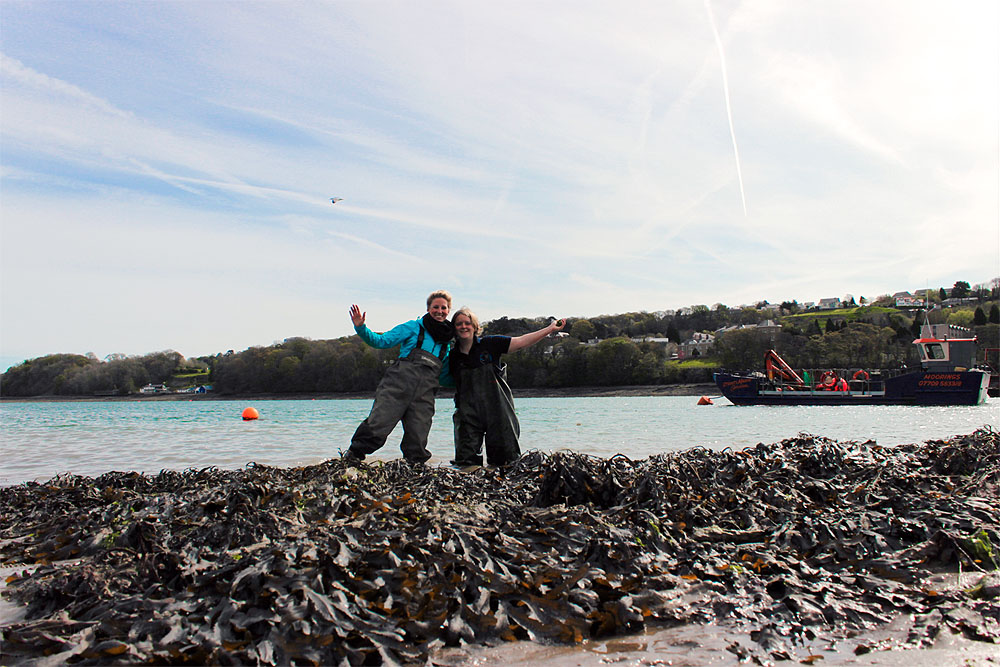
Hello Feli and Isa,
very interesting and a pleasure to read! I,m looking forward for more! So have a nice day and enjoy your weekend!
Greetings, Gaby